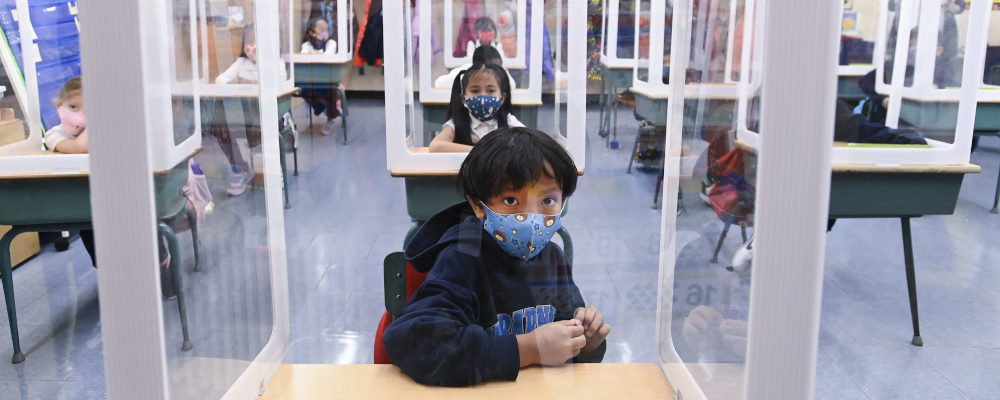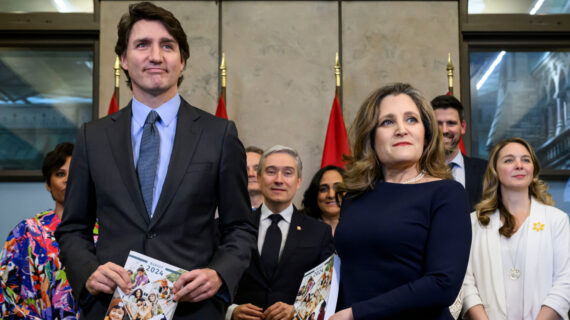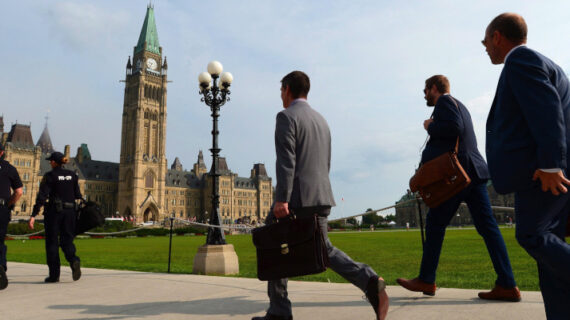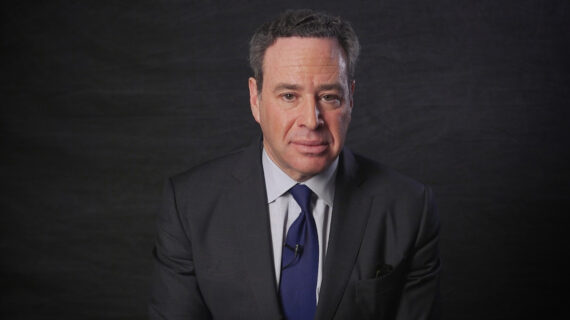During a press conference last week, B.C. Public Health Officer Dr. Bonnie Henry and Education Minister Jennifer Whiteside announced new mask mandates for children aged four to eight when they are at school, which expands upon the mask mandate for children aged nine to eighteen and school staff, including those who have been vaccinated.
Until now, health officials in B.C. have resisted pressure to mandate masks for such young children, citing the concern that masks can be irritating and distracting, and may not even be the best form of protection for children. Even today, the website of the B.C. Centres for Disease Control counsels that, “for young children over the age of two, masks are generally not recommended as they can be irritating and may lead to increased touching of the face and eyes.”
This new mandate will affect thousands of young children every day, so B.C. residents should expect our government to provide a compelling and data-driven rationale for it. Unfortunately, we don’t have one yet, and there are serious questions about the relative benefits and drawbacks of imposing mask mandates on very young children at school.
I am an elementary school teacher, so I see the effects of masking on student behaviour, learning, and mental health every day. I am not writing here on behalf of my school, and as an employee, I will be sure to follow my professional obligations to uphold the mandates as directed. Instead, I am writing as a private citizen who takes COVID seriously but is also concerned about other aspects of children’s learning and mental health. To be clear, I wear a mask in indoor public spaces, am fully vaccinated, and like all of us, have generally put parts of my life on hold these past two years to help protect our community. I respect Dr. Henry and am grateful for many of the decisions taken by our provincial government during the pandemic. But I still have reservations about this K-3 mask mandate.
Let’s start by thinking about the actual risks that COVID poses to very young children. Children infected with COVID have a very low risk of hospitalization and death. In Canada, 1,707 people aged nineteen and below have been hospitalized, 196 have been admitted to an intensive care unit, and 17 have died of COVID since the beginning of the pandemic.
This means that those under the age of 19 have made up only 2 percent of total hospitalizations, 1.2 percent of ICU admissions, and 0.1 percent of total COVID deaths in Canada. For comparison, in 2019 alone, 160 people aged nineteen and below died in car accidents across Canada. While each early death is tragic, COVID risks for children have been comparable to other diseases and problems that we have always tolerated and that do not require major changes to ordinary life.
The new Delta variant spreads more easily than previous variants, which has led to a fourth wave of the pandemic concentrated in unvaccinated populations, including children. But even children who are diagnosed with the Delta variant of COVID remain at very low risk of hospitalization or death. Most have mild symptoms and some are asymptomatic and may not be diagnosed at all. According to Dr. Laura Sauvé of the B.C. Children’s Hospital, “the most significant health effects of the pandemic on children in Canada have been the mental health, developmental and educational impacts.” She further notes that “trying to balance safety with maximizing connection with peers and activities continues to be important.”
With this context, we can consider the benefits and drawbacks of the new mask mandate. Research from the United States is ambiguous about whether mandatory masking for young children does much to reduce COVID spread. To quote from New York magazine’s summary of a major United States Centers for Disease Control report on COVID-mitigation measures in schools in Georgia last year, “distancing, hybrid models, classroom barriers, HEPA filters, and, most notably, requiring student masking were each found to not have a statistically significant benefit.”
The report in New York also notes that many peer jurisdictions do not require in-school masking for young children, including England, Ireland, the Netherlands, Switzerland, France, and all of Scandinavia. These nations all have experts who know as much and care as much about their children’s health as ours do. So why have they come to such a different set of decisions?
One thing that is clear from my experience is that there are real and obvious drawbacks to mandating masks for young children when they are trying to learn. Mask wearing is uncomfortable, leads to fogged-up glasses, makes faces itchy, warm, and sweaty, and can make breathing feel more difficult. Forcing kids to wear masks all day makes it harder for them to learn and feel safe and happy at school.
I have noticed that constant masking makes students less engaged and more passive in class. I suspect this is because talking in a mask is even more uncomfortable than just breathing in one. Many children are less likely to volunteer to share their ideas or read aloud when they are wearing masks, and if they do share their ideas or read aloud, it is often hard to hear them, particularly if there is background noise from open windows or the ventilation system. This is especially true for students who struggle with reading, are English Language Learners, or are just more shy than their peers.
The discomfort of hours of masking also produces a more stressed group of students and teachers. I wear glasses and know that I feel less patient and find it harder to teach when I am constantly speaking into a warm, sweaty mask or wiping my fogged-up glasses. A whole day of slightly increased discomfort and stress makes my teaching worse. I observe that masking for hours has a similar effect on children, many of whom appear uncomfortable in class when wearing them and then eagerly tear off their masks and breathe happily the second they go outside.
I teach children in Grade 5, who are mostly 9-10 years old and who have been told they must mask at school since last spring. If these children have issues with masking, then it’s likely that younger children, whose language and literacy development is much less advanced, will have even more trouble with it. For example, good teaching of phonics often requires children to see their teachers’ mouths and for teachers to see their students’ mouths. This is so they can learn how to form sounds and match them to letter combinations. Mandatory masking makes this more difficult. Moreover, young children are still learning about facial expressions and social cues. Not seeing their peers’ or teachers’ faces may negatively affect this learning, with the possibility of unforeseen consequences for these kids’ futures.
These concerns are anecdotal, but I suspect that many parents and teachers will recognize similarities with their own experiences. Of course, there are also children who tolerate mask-wearing at school well, and who wore masks even without a mandate. Until now, masking in school for the youngest children has been a family decision. Parents made decisions based on evidence, their personal risk tolerance, and how well their own child is able to learn and feel comfortable while wearing a mask. I always respected the choices that my students’ parents made about mask-wearing, which came from the caring, cautious perspective of parents who usually know their children’s needs best.
It could be that there is new evidence that the drawbacks of mandatory masking for very young children are outweighed by new risks of not masking those children. My opinion on this topic would change if we found a new variant of COVID that was far more harmful to children, for example, or even if it became clear that we did not have the resources to treat the small percentage of children that face serious health effects from COVID. But so far, the B.C. government has not provided us with this evidence.
Last year, Dr. Henry remarked that “I think it’s important to recognize that we don’t always get it right, right off.” This may be one of those times that the province didn’t get it right, right off.
I hope our government will either provide more information to justify these new mask mandates for young children or else reconsider them. This would help all British Columbians to feel more confident in our leaders’ decisions and could help B.C. kids to have a better and more successful time at school.




